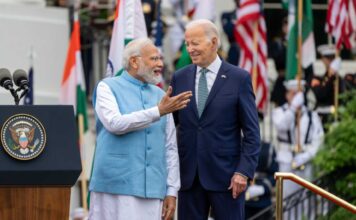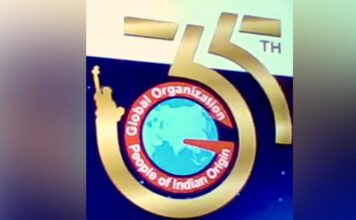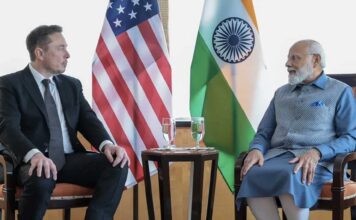On Friday August 30 people in East Timor, or Timor-Leste, celebrated 20 years of independence, after an overwhelming vote to separate from Indonesia, following a 24-year occupation.
There were parades and traditional dances in the capital Dili despite the tiny nation’s rocky transition to a stable democracy. There has been little justice for the families of those killed in a wave of bloodshed unleashed by the Indonesian army in 1999, but people said yesterday they were happy to be free.
Australian Prime Minister Scott Morrison, who was among foreign dignitaries in Dili on Friday, signed off on a maritime border treaty that could unlock billions in offshore oil and gas revenue seen as key to the impoverished, half-island nation’s future.
Canberra would also pay for a revamped military base and an underwater internet cable connecting the two neighbors, he said.
Interfet ended militia rampage
Another significant anniversary comes next month. September 20 was the date the Interfet mission arrived. Interfet was the Australian-led multinational force that brought an end to the violence that wracked Timor-Leste after the independence vote.
In the intervening three weeks, 1,500 Timorese were killed in the violence, which had been orchestrated by the Indonesian military and its proxy militias. Over 250,000 were forcibly displaced to West Timor and some 80% of the infrastructure was destroyed.
Many Australians are proud of their contribution to Timor-Leste’s independence, which served as an historical corrective to Australia’s longstanding support for Indonesian’s invasion and forced integration of East Timor in 1975-76. More than 5,000 Australian soldiers took part in Interfet, which was the nation’s largest military deployment since the Vietnam War.
Yet despite the goodwill the mission engendered in Timor-Leste for the Australian people, relations between the two nations have repeatedly been undermined by contentious negotiations over control of the lucrative oil and gas fields that lie in the Timor Sea.
As Australian Prime Minister Scott Morrison prepares to travel to Dili for the anniversary this week, bilateral relations finally seem to be back on track.
A treaty signed last March created a permanent maritime boundary between the two states for the first time. This border is widely expected to come into force this week following its ratification by both parliaments – another momentous milestone in Timor-Leste’s young history.
Since its independence, Timor-Leste’s relations with Australia have been overshadowed by one major factor: the oil and gas fields on its contested maritime border.
Relations hit rocky waters in 2012 when Timor-Leste challenged the Treaty on Certain Maritime Arrangements in the Timor Sea (CMATS), which was signed by the two countries six years earlier. This treaty had established a 50-year moratorium on maritime boundary negotiations, or five years after exploitation of the Greater Sunrise gas field ended, whichever occurred first.
Allegations then emerged in 2013 from a former ASIS agent (now known as “Witness K”) that Australia had spied on Timorese officials during the negotiations over the CMATS treaty. This led Timor-Leste to launch a case in The Hague challenging the treaty for want of good faith.
Australia was embarrassed by the exposure, but determined to maintain the countries’ ongoing treaty arrangements and focus instead on revenue-sharing agreements. However, Timor-Leste argued that the bulk of the oil and gas fields in the Timor Sea would lie on their side of a median line and pushed for a permanent boundary to be drawn between the countries.
Allegations then emerged in 2013 from a former ASIS agent (now known as “Witness K”) that Australia had spied on Timorese officials during the negotiations over the CMATS treaty. This led Timor-Leste to launch a case in The Hague challenging the treaty for want of good faith.
Australia was embarrassed by the exposure, but determined to maintain the countries’ ongoing treaty arrangements and focus instead on revenue-sharing agreements. However, Timor-Leste argued that the bulk of the oil and gas fields in the Timor Sea would lie on their side of a median line and pushed for a permanent boundary to be drawn between the countries.













